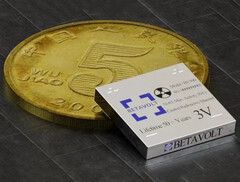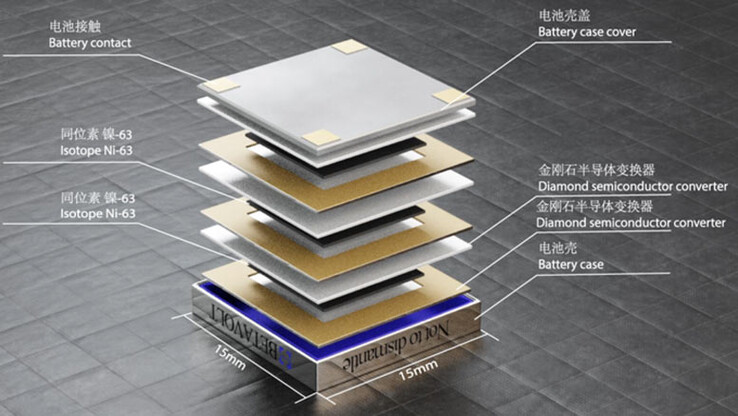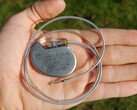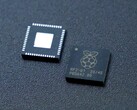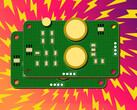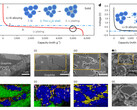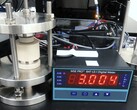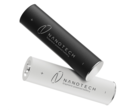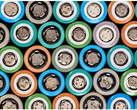Lithium polymer batteries have had quite the impact on many portable devices like phones and laptops in the past three decades. Depending on battery capacity and size, laptops can now operate more than 15 h and phones may last up to several days per single charge, plus there is support for rapid chargers that can fully recharge batteries in less than an hour. However, save for the new GaN chargers, the progress has been slowing down considerably in the Li-ion sector, as chip makers try to offer increased power efficiency through transistor miniaturization. China now intends to revolutionize this industry with a new type of battery that acts as a micro nuclear reactor promising to offer continuous power for 50 years.
Betavolt New Energy Technology Co., Ltd from China successfully developed a micro nuclear energy battery based on the nickel-63 nuclear isotope decay along with the first diamond semiconductor. The battery model is known as BV100 and it is said to generate electricity for 50 years without charging or maintenance. Considering that we now buy new devices every few years, even 2-3 years of continuous power should be sufficient. Betavolt plans to initiate mass production later this year.
With such an endeavor, China claims that it is “way ahead” of Europe and America, which only developed large-size thermonuclear batteries used in the aerospace industry. Betavolt managed to miniaturize the concept and make it viable for portable devices. Just like the large-size batteries, the new BV100 coin-size models convert the energy released by the decay of nuclear isotopes into electrical current through a semiconductor converter. Betavolt tests revealed that the nickel-63 isotope works best for small size batteries, so the BV100 design places a 2 mm thick nickel-63 sheet between 2x 10 mm thick diamond semiconductor layers to facilitate the electrical current conversion.
In the promotional material released by Betavolt, the battery appears to include three stacked modules, each with an isotope sheet placed between 2 converter layers. Betavolt explains that it can produce designs with dozens or hundreds of independent unit modules used in parallel, allowing for different sizes and capacities.
The BV100 has a volume of only 15 X 15 X 5 mm² so power rating is limited to 100 microW at 3V. It produces 8.64 J per day and 3153 J per year. A larger 1 W model is planned to be released by 2025 and that one may be more suitable for phones and drones.
Even though it is dealing with radioactive isotopes, Betavolt ensures that this type of battery is safe for the environment and will not catch on fire or explode due to mishandling or harsh conditions. It can safely power medical devices such as pacemakers, artificial hearts and cochleas in the human body. Once it completely decays, the nickel-63 isotope becomes a stable isotope of copper, which is non-radioactive, poses no threat or pollution to the environment and does not require expensive recycling processes.
Source(s)
via Tom's Hardware / HKEPC


